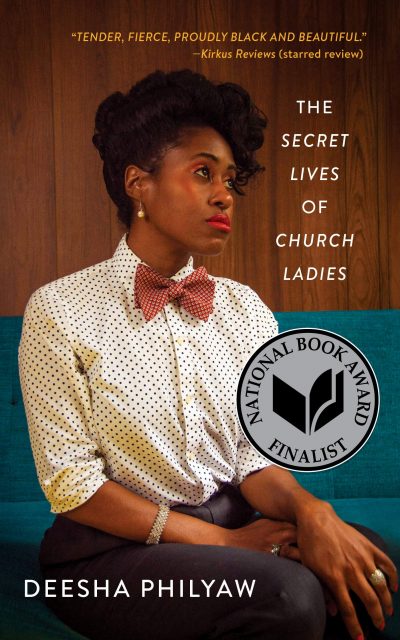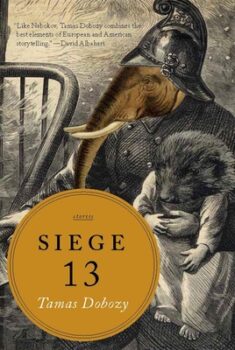It may have been written before I was born, but Lorrie Moore’s debut collection Self-Help holds a special place on my bookshelf. Maybe it’s because it was Moore’s MFA thesis from Cornell, or maybe it’s her complete disregard for standard writing rules, but the collection brought me into a world I didn’t want to leave. Her jab at the lucrative but clichéd self-help genre offer often jaded advice on how to be.
As a near-graduate of an MFA program, the idea of my thesis becoming a published work is an intriguing yet frightening idea. Living a life of letters and joining the professional writing world doesn’t seem to just be a few weeks away, and yet it is. Reading Self-Help, I can’t help but wonder just how Moore felt while writing her thesis about the world she was about to enter. Her story “How to Become a Writer”—my favorite—offers the following advice:
First, try to be something, anything, else. A movie star/astronaut. A movie star/missionary. A movie star/kindergarten teacher. President of the World. Fail miserably.
Self-Help is in fact an odd collection of stories written using the second person or in the now-familiar self-help-guidebook style of writing. Moore offers insights to her characters by allowing us to be them for a dozen or more pages. She teaches us how to face the emotional tragedies of our lives with a sort of poise. The opening story, “How to Be an Other Woman,” in fact, starts with explicit directions: “Meet in expensive beige raincoats, on a pea-soupy night.” Direct, with no pronouns, the sentence is indicative of Moore’s style throughout much of the collection. It shows her care in word choice, descriptive style, and syntax.
At its heart, though, Self-Help has seemingly different characters on the same journey. It is an everywoman’s tale, of the mistakes we all make in life and just how to make them and survive them.
- Read “How to Become a Writer” online at the New York Times
- Find Self-Help at an indie bookstore near you






